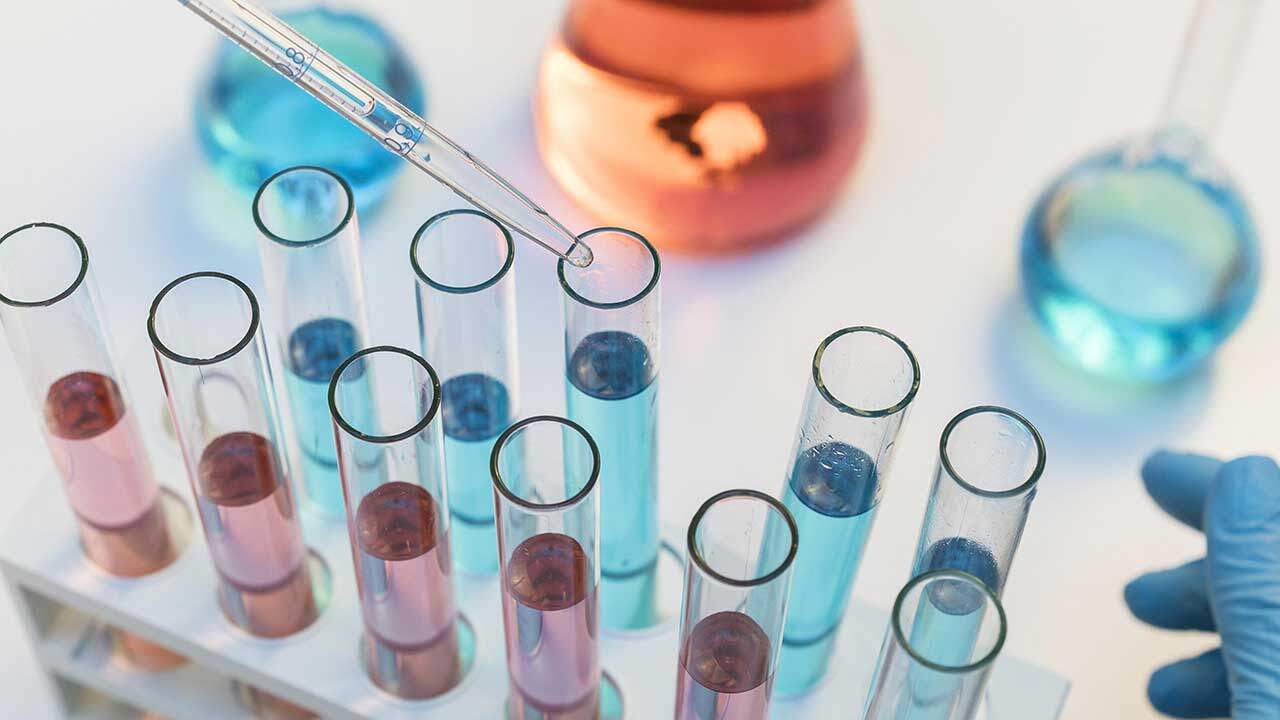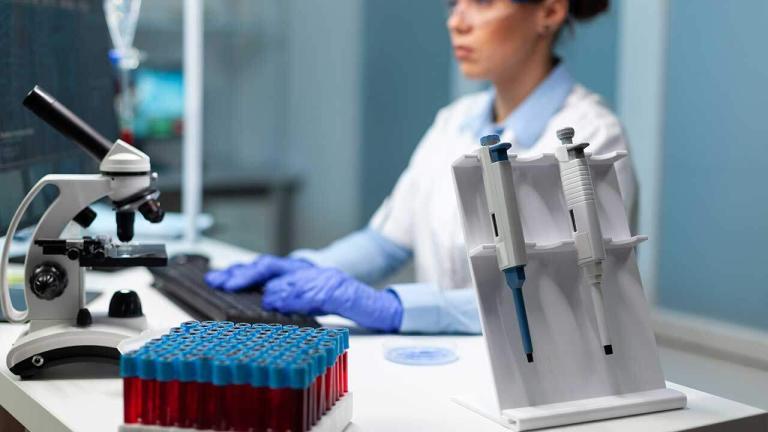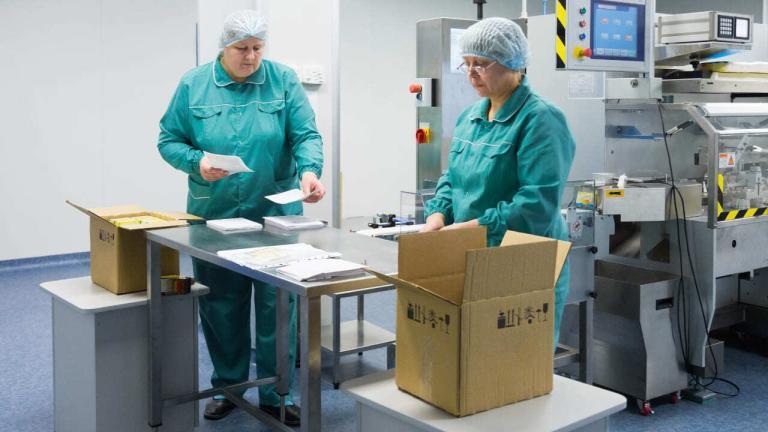
In drug development, preclinical development acts as a critical bridge between the theoretical design of new compounds and their practical application in human medicine. This phase of drug development, while less visible to the public eye than clinical trials, is vital for ensuring the safety and efficacy of pharmaceuticals before they ever reach a patient.
Here’s an in-depth look at the preclinical development process, its importance, and the intricate steps involved in bringing a new drug to the brink of human testing.
What is Preclinical Development?
Preclinical development is an important stage in the drug development process that occurs before clinical trials involving human subjects. This phase involves rigorous testing of new drugs or treatments on non-human subjects to assess their safety, efficacy, and pharmacokinetic properties. Scientists conduct studies in both in vitro environments, such as cell cultures, and in vivo, using animal models, to determine how the body absorbs, distributes, metabolizes, and excretes the drug, known as ADME.
During this phase, researchers also perform toxicology testing to identify any potential adverse effects. These tests help establish safe dosage levels and reveal any toxicity concerns that could prevent the drug from progressing further. The data gathered from these studies are important for ensuring the safety of the drug before it ever reaches a human subject. Additionally, the formulation of the drug is optimized during this phase to ensure stability and scalability for mass production if it proceeds to clinical trials.
The importance of preclinical research cannot be overstated as it forms the foundation for all future clinical trials. With an average success rate of about 31%, this stage ensures that only the most promising and safest drugs move forward, significantly reducing the risk to human participants in subsequent phases. Preclinical development not only demonstrates a commitment to patient safety but also efficiency in drug development by filtering out less viable candidates early in the process.
What Happens During Preclinical Development?
Preclinical development is a vital phase in the drug development process that serves as a bridge between drug discovery and clinical trials. This stage is primarily focused on evaluating the safety, efficacy, and pharmacokinetics of new therapeutic candidates before they are tested in humans. Here’s a detailed look at the various activities that occur during preclinical development.
1. Pharmacological Testing:
The first step in preclinical development involves pharmacological testing, where researchers study how the drug interacts with the body. This includes determining the biological activity of the compound and its potential therapeutic effects.
Researchers use various in vitro techniques (e.g., cell cultures) and in vivo methods (e.g., animal models) to examine how the drug influences biological processes and disease pathways. This testing helps to ascertain the drug’s mechanism of action and its potential effectiveness against the targeted condition.
2. ADME Studies:
Pharmacokinetics, which describes how a drug is absorbed, distributed, metabolized, and excreted by the body, is assessed through ADME (Absorption, Distribution, Metabolism, and Excretion) studies. These studies are important for understanding the drug’s behavior within the body and optimizing its formulation for maximum efficacy and safety.
For example, researchers might investigate how quickly the drug reaches the bloodstream, how it is processed by the liver, and how long it remains active within the body. The results of ADME studies influence decisions regarding dosage forms, strengths, and administration routes.
3. Toxicology Testing:
One of the most critical aspects of preclinical development is toxicology testing, where the safety of the drug is evaluated. This involves administering the drug to animal models to identify any potential toxic effects and to establish a safety profile. Both acute and chronic toxicity studies are conducted to observe short-term and long-term effects, respectively.
Specialized tests may also be performed to assess carcinogenicity, mutagenicity, and effects on reproduction. The outcomes from these studies help to determine the maximum safe dose for initial human trials.
4. Formulation and Stability Studies:
After determining that a drug candidate has potential therapeutic value and an acceptable safety margin, the next step involves the development of a stable and effective formulation.
This includes deciding on the drug’s physical form (e.g., tablet, injection), developing the manufacturing process, and ensuring that the drug can be produced consistently on a larger scale. Stability studies are also conducted to ensure that the drug maintains its efficacy and safety over time under various environmental conditions.
5. Scale-up and Manufacturing:
Scaling up production from laboratory scale to a level sufficient for clinical trials is another critical component of preclinical development. This involves transferring the drug manufacturing process from a research environment to a more regulated production setting. Ensuring consistency and quality during scale-up is vital, as variations can affect the drug’s safety and effectiveness.
6. Regulatory Documentation:
The data collected from all these preclinical tests are compiled and summarized in regulatory documents that are submitted to health authorities (such as the FDA in the U.S.) for approval to commence clinical trials. These documents must provide comprehensive evidence of the drug’s potential benefits outweighing its risks.
Through these multifaceted and rigorous assessments, preclinical development aims to ensure that only the most promising and safest drug candidates progress to the clinical trial phase, thereby safeguarding human health and optimizing resource allocation in drug development.
Preclinical vs Clinical: What’s the Difference?
Preclinical and clinical development are two critical phases in the drug development process, each serving distinct purposes and involving different methodologies.
Preclinical Development:
Preclinical development is the initial phase where the focus is primarily on understanding the basic safety and efficacy of a compound before it is administered to humans. This phase involves extensive laboratory research including in vitro (cell culture) and in vivo (animal models) studies. Researchers evaluate how the compound affects living organisms, its pharmacological properties, and its safety profile. Key activities in this phase include:
- ADME Studies: Assessing how the drug is absorbed, distributed, metabolized, and excreted in the body.
- Toxicology Testing: Identifying potential toxic effects and determining safe dosage levels.
- Formulation Studies: Developing a stable and effective formulation for the compound.
The data collected from preclinical development helps to establish a basis for the drug’s progression into clinical trials, ensuring that it has a reasonable expectation of safety and efficacy.
Clinical Development:
Clinical development commences once a drug has passed the preclinical stage and received regulatory approval to be tested in humans. This phase is subdivided into several stages (Phase 1, Phase 2, Phase 3, and sometimes Phase 4 after drug approval), each designed to answer specific research questions about the drug:
- Phase 1: Focuses primarily on safety, determining the drug’s most frequent and serious adverse events and the dosage range.
- Phase 2: Aims to obtain preliminary data on whether the drug works in people who have a certain disease or condition.
- Phase 3: Involves large-scale testing for safety and effectiveness, comparing the new drug against commonly used treatments or a placebo to assess its overall benefit-risk ratio.
While preclinical development uses non-human systems to estimate the safety and biological activity of a compound, clinical development involves testing the drug in human subjects to validate its safety and therapeutic efficacy comprehensively. Each phase is important and builds upon the findings of the previous stages to ensure the development of safe and effective pharmaceuticals.
| Aspect | Preclinical Development | Clinical Development |
| Objective | Assess safety and biological activity before human trials. | Evaluate safety and efficacy in human subjects. |
| Study Type | In vitro (lab tests) and in vivo (animal studies). | Human trials (volunteers or patients). |
| Focus | Toxicology, pharmacology (ADME), and formulation stability. | Safety, dosage, efficacy, side effects, and comparison to other treatments. |
| Methodology | Laboratory experiments using cell cultures, organoids, and animal models. | Controlled trials involving phases 1, 2, and 3. |
| Outcome | Determine if the drug is safe enough to proceed to human testing. | Determine if the drug is effective and safe for market approval. |
| Regulation | Results used to support Investigational New Drug (IND) application. | Results support New Drug Application (NDA) or other regulatory submissions. |
| Duration | Shorter than clinical phases, ranging from months to a few years. | Can last several years depending on the drug’s complexity and trial results. |
| Success Rate | Approximately 31% of drugs move to clinical trials. | A smaller percentage achieve market approval after Phase 3 trials. |
Why is Preclinical Research Important?
Despite the rigorous nature of clinical trials, fewer than 10% of drugs that enter this phase ultimately receive approval. However, thorough and effective preclinical research plays a critical role in optimizing the chances of success for those drugs that do advance to human trials. Preclinical research serves as a foundational and essential phase in the drug development process, playing a pivotal role in ensuring that potential new drugs and treatments are both effective and safe before they are tested in humans. This stage is critical for several reasons:
1. Safety Assessment:
The foremost objective of preclinical research is to evaluate the safety profile of a new drug. This involves conducting rigorous toxicology tests to detect any potential adverse effects that the compound might have when introduced into a living organism. Such testing helps to identify the toxicity levels of the drug across various doses and exposure times.
These studies are vital to prevent exposing human subjects to unnecessary risks during subsequent clinical trials. By establishing a safety threshold, preclinical research ensures that only those compounds with an acceptable safety margin proceed to trials in humans, thereby safeguarding participant health.
2. Efficacy Evaluation:
Preclinical research also tests the efficacy of a compound, ensuring that it effectively addresses the target disease or condition at non-toxic doses. Through various models and assays, researchers assess whether the drug produces the desired biological response.
This evaluation helps in confirming the therapeutic potential of the compound, which is important for justifying further investment and exploration in costly clinical trials. If a drug cannot demonstrate sufficient efficacy in preclinical models, it is unlikely to be successful in human trials, thereby saving time and resources.
3. Pharmacokinetics and Pharmacodynamics (PK/PD):
Understanding how a drug behaves in the body—how it is absorbed, distributed, metabolized, and excreted—is another critical aspect of preclinical research. These pharmacokinetic studies are complemented by pharmacodynamics, which examines the biochemical and physiological effects of the drug.
Together, PK/PD studies provide vital information on dosing regimens, potential drug interactions, and mechanisms of action, which are essential for designing safe and effective clinical trials.
4. Formulation and Route of Administration:
Preclinical research also aids in the development of the drug’s formulation—determining the best method and vehicle for drug delivery, such as tablets, injections, or other methods. It also involves studies on the stability of these formulations, ensuring that they remain effective throughout their shelf life.
This phase also tests different routes of administration to find the most appropriate one for the intended therapeutic use, considering factors such as patient compliance and drug bioavailability.
5. Regulatory Compliance:
Preclinical data are important for regulatory submissions. Before initiating clinical trials, pharmaceutical companies must obtain approval from regulatory bodies like the FDA in the U.S. or EMA in Europe, demonstrating that the drug candidate is reasonably safe for initial use in humans.
The data gathered during preclinical studies form the basis of an Investigational New Drug (IND) application, which must be approved before clinical trials can begin.
6. Resource Allocation:
By filtering out compounds that are either unsafe or ineffective at an early stage, preclinical research allows pharmaceutical companies to allocate resources more efficiently.
It prevents the high costs associated with advancing a poor candidate into the more expensive clinical phases. Thus, preclinical research is not only a scientific and regulatory requirement but also a strategic tool in drug development.
Closing Thoughts
Preclinical development is more than just a mandatory step in drug development; it’s a comprehensive effort to ensure that new therapies are as safe and effective as possible before they ever reach a patient. By carefully balancing scientific rigor, technological innovation, and ethical considerations, this phase helps set the stage for clinical trials and beyond, ensuring that only the most promising treatments advance.




